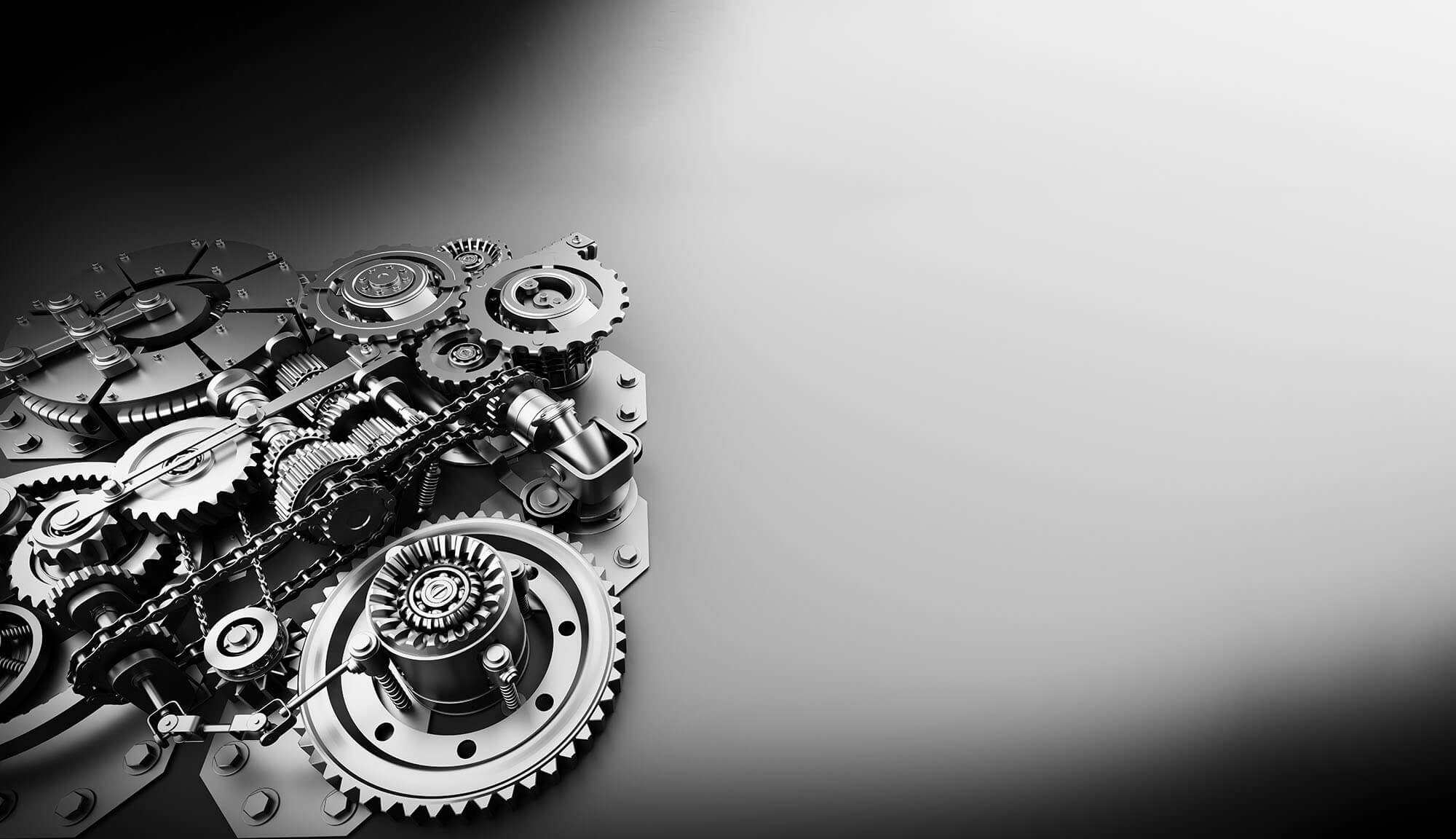The Benefits of Using Negative Space in Your Designs
Negative space, also known as white space, is a design concept that refers to the unused or empty space in a design. It’s the space between elements and around them, and it’s an often-overlooked aspect of design that can have a significant impact on the overall look and feel of your designs. Negative space can be used to create balance, focus, and emphasis, and it’s an important tool for designers to understand and utilize. In this article, we will explore the benefits of using negative space in your designs.
Introduction
Negative space is not just empty space. It’s a crucial element of design that can make or break the overall look and feel of your designs. When used correctly, negative space can create a sense of balance, draw attention to specific elements, and make designs look more organized and professional. On the other hand, if not used correctly, negative space can make designs look cluttered, confusing, and amateurish.
The Benefits of Using Negative Space in Your Designs
- Creates Balance
One of the biggest benefits of using negative space in your designs is that it can help create a sense of balance. By leaving some space between elements and around them, you can make your designs look more organized and harmonious. This is particularly important in designs that include multiple elements, as it helps to break up the design and prevent it from looking cluttered.
- Draws Attention to Specific Elements
Another benefit of using negative space in your designs is that it can draw attention to specific elements. By surrounding an important element with negative space, you can make it stand out and draw the eye to it. This can be particularly useful in designs where you want to emphasize a specific element or message.
- Makes Designs Look More Professional
Using negative space in your designs can also make them look more professional. A well-designed layout with plenty of negative space looks clean, organized, and sophisticated. This is because negative space creates a sense of balance and order, which are hallmarks of professional design.
- Improves Readability
Negative space can also improve the readability of your designs. By leaving plenty of space around text and other elements, you can make it easier for people to read and understand your designs. This is especially important in designs that include a lot of text or complex information, as it helps to break up the information and make it easier to digest.
Examples of Negative Space in Real Life
- Logos
One of the best examples of negative space in design is logos. Logos often use negative space to create a recognizable shape or image that represents the company or brand. For example, the famous FedEx logo uses negative space to create an arrow between the letters “E” and “X”, which represents the company’s focus on forward movement and delivery.
- Architecture
Another example of negative space in design is architecture. Architects often use negative space to create balance and draw attention to specific elements in their buildings. For example, the Guggenheim Museum in Bilbao, Spain, uses negative space to create a sense of balance and draw attention to the curved, flowing lines of the building.
- Product Packaging
Product packaging is another great example of negative space in design. Packaging designers often use negative space to create a clean and professional look for their products. For example, the minimalist packaging for Apple products uses negative space to create a clean and modern look that appeals to consumers.
FAQs
Q: What is negative space in design?
A: Negative space, also known as white space, is the unused or empty space in a design. It’s the space between elements and around them, and it’s an important tool for designers to understand and utilize. Negative space can help create a sense of balance, draw attention to specific elements, and make designs look more professional.
Q: Why is negative space important in design?
A: Negative space is important in design because it can help create a sense of balance, draw attention to specific elements, and make designs look more professional. By leaving some space between elements and around them, designers can make their designs look more organized and harmonious, and by surrounding important elements with negative space, they can make them stand out and draw the eye to them.
Q: How do you use negative space in design?
A: To use negative space in design, designers should first understand what elements they want to emphasize and then leave enough space around those elements to draw attention to them. They should also consider the overall balance of their designs and leave enough negative space to create a sense of harmony and prevent their designs from looking cluttered.
The links provided offer a selection of books about “Graphic Designer and Graphic Design”
- Freelance Jobs and their Profiles: The Freelance Graphic Designer
- Become a freelance graphic designer: How to become a freelance graphic designer step by step
- Project Planner Notebook For Graphic Designer Freelance
- Starting Your Career as a Graphic Designer
- Freelance Graphic Designer Sketch Book – Professional Freelance Graphic Designer Job
- Starting Your Career as a Freelance Illustrator or Graphic Designer
- Designer’s Dictionary of Color
- Color Design Workbook: New, Revised Edition: A Real World Guide to Using Color in Graphic Design
- Color: A Course in Mastering the Art of Mixing Colors
- Color Third Edition: A workshop for artists and designers
- Palette Perfect for Graphic Designers and Illustrators: Colour Combinations, Meanings and Cultural References
- The Complete Color Harmony, Pantone Edition: Expert Color Information for Professional Results
- Pantone: The Twentieth Century in Color: (Coffee Table Books, Design Books, Best Books About Color)
- The New Munsell Student Color Set
In conclusion, negative space is an important aspect of design that can have a significant impact on the overall look and feel of your designs. By using negative space to create balance, draw attention to specific elements, and make designs look more professional, designers can create designs that are not only aesthetically pleasing, but also effective in communicating their messages. So next time you’re designing, don’t overlook the power of negative space! The Benefits of Using Negative Space in Your Designs are numerous, so make sure to utilize this valuable tool in your designs.


